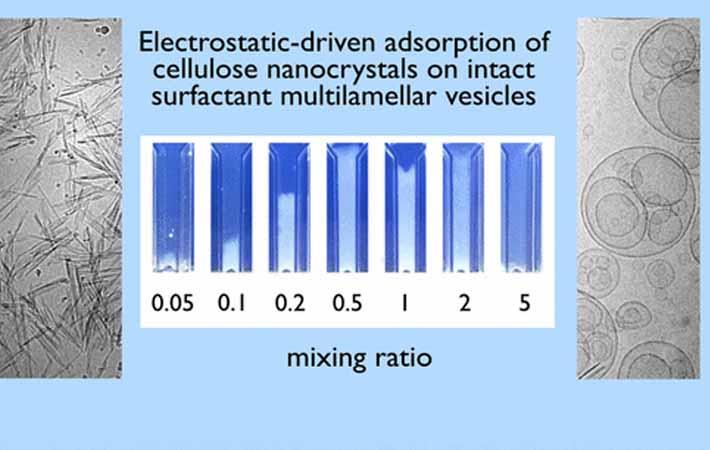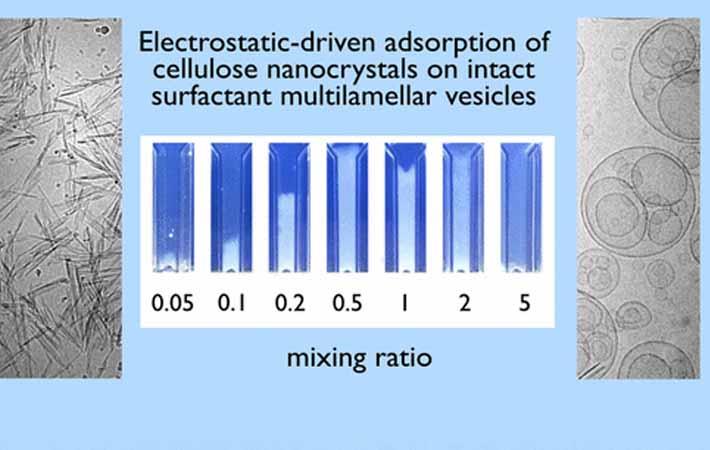
Source: Fibre2Fashion News Desk – India
Scientists have developed a new method to evaluate fabric softeners that may lead to potentially 'greener' and more millennial-friendly versions. The development is important since there is a renewed interest for improving household and personal-care products to make them more environmentally friendly. The method evaluates cellulose-surfactant interactions.
The study carried out by a team of scientists led by Evdokia K Oikonomou and Jean-François Berret has been published in The Journal of Physical Chemistry B. The method proposes to evaluate cellulose-surfactant interactions with increased detection sensitivity.
The technique developed may be used to rapidly assess the fabric conditioner efficiency obtained by varying the nature and content of their chemical additives.
The researchers studied how a double-tailed cationic surfactant, which is often used in commercial fabric softeners, would combine with natural cellulose nanocrystals - a stand-in for cotton - using multiple techniques including light scattering and optical and electron microscopy. The study showed that the concentration of surfactant affected vesicle size. The concentration of surfactant also affected how these vesicles arranged themselves, sometimes nesting within each other to form multiple layers.
The technique could speed up manufacturers' assessment of fabric softeners' efficiency and potentially help get newer, more environmentally friendly products to the market faster, the scientists say.
Fabric softeners' main ingredients are surfactants, compounds that stick to clothing during the rinse cycle and make them feel softer. Scientists have been studying fabric softeners for decades, and many believe that surfactants work by forming a lubricating layer on clothing. But to date, no one knows how the softeners work on a molecular level.
Fabric softeners have to fulfill a number of stability and biodegradability requirements. They should also display significant adsorption on cotton under the conditions of use. Quantification of surfactant adsorption has been difficult because the fabric-woven structure is complex and deposited amounts are generally small. (SV)
